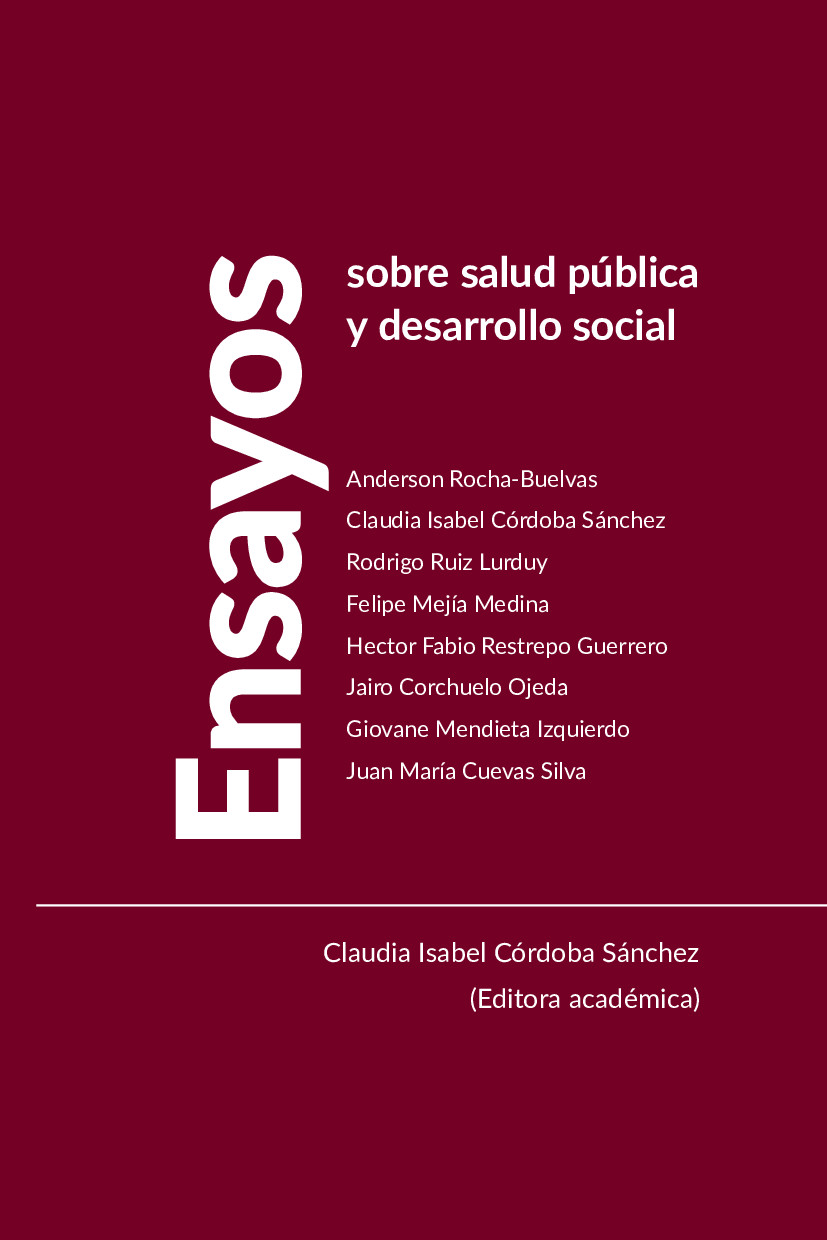Abstract
Introduction: methadone constitutes the standard therapy for the management of heroin addiction. During the rehabilitation, patients improve their health status and seem to become immunocompetent, a fact attributed to the decrease in risk practices, better nutrition and the cessation of heroin consumption, whose immunosuppressive effects are known. However, since methadone is also a glutamate antagonist, it might have an additional immunostimulant activity.
Aim: to compare serum levels of the cytokines TNF-a, IFN-y and IL-10 between heroin addicts under active consumption (CA=32), addicts under methadone maintenance therapy (Met=20) and healthy controls without history of addiction (Cont=20).
Materials and methods: seventy two individuals from both sexes, under 18 years-old, without any recent infection or a positive HIV, hepatitis B or hepatitis C test, were included in the study. None of the subjects were taking drugs with effects on the immune system.
Results: there were no differences between the groups in terms of gender (91,7 % men), age (25,2 ± 8 years) and time of heroin abuse (5,3 ± 2,9 years). All the addicts reported the use of other illicit drugs such as marijuana (96%), cocaine/ bazuco (79%) and other psychoactive drugs (52%). In the Met group, none of the individuals reported the use of cocaine/bazuco but most of them kept on consuming marijuana. Significant differences in the TNF-a (p=0.0004), IFN-y (p=0.014) and IL-10 (p=0.0001) levels between the studied groups were found; these differences persist when we compared addicts and control individuals.
Conclusion: a differential pattern of cytokine production in the sera of addicts and healthy individuals was found, however, a clear pattern of immune response induced by the methadone treatment could not be determined.
Licence
Authors should declare no conflicts of interest either for reasons of financing the project which is the result of the article; as well as intellectuals, academics, moral and investigative reasons.
The Journal of Andean Research is home to the ethical rules for publications issued by the COPE: http://publicationethics.org/resources/code-conduct
References
2. Connock M, Juarez-Garcia A, Jowett S, Frew E, Liu Z, Taylor RJ, et al. Methadone and buprenorphine for the management of opioid dependence: a systematic review and economic evaluation. Health Technol Assess. 2007; 11:1-17.
3. Bosshart H. Morphine-mediated suppression of phagocytosis. Int Immunopharmacol. 2010; 10:264-5.
4. Börner C, Warnick B, Smida M, Hartig R, Lindquist JA, Schraven B, et al. Mechanisms of opioid-mediated inhibition of human T cell receptor signaling. J Immunol. 2009; 183:882-9.
5. Toskulkao T, Pornchai R, Akkarapatumwong V, Vatanatunyakum S, Govitrapong P. Alteration of lymphocyte opioid receptors in methadone maintenance subjects. Neurochem Int. 2010; 56:285-90.
6. Kraus J, Lehmann L, Börner C, Höllt V. Epigenetic mechanisms involved in the induction of the mu opioid receptor gene in Jurkat T cells in response to interleukin-4. Mol Immunol. 2010; 48:257-63.
7. Wang J, Ma J, Charboneau R, Barke R, Roy S. Morphine inhibits murine dendritic cell IL-23 production by modulating Toll-like receptor 2 and Nod2 signaling. J Biol Chem. 2011;286:10225-32.
8. Hutchinson MR, Shavit Y, Grace PM, Rice KC, Maier SF, Watkins LR. Exploring the neuroimmunopharmacology of opioids: an integrative review of mechanisms of central
9. immune signaling and their implications for opioid analgesia. Pharmacol Rev. 2011; 63:772- 810.
10. Nugent AL, Houghtling RA, Bayer BM. Morphine suppresses MHC-II expression on circulating B lymphocytes via activation of the HPA. J Neuroimmune Pharmacol. 2011; 6:130- 41.
11. Al-Hashimi M, Scott SW, Thompson JP, Lambert DG. Opioids and immune modulation: more questions than answers. Br J Anaesth. 2013; 111:80-8.
12. Eisenstein TK. Opioids and the immune system: what is their mechanism of action? Br J Pharmacol. 2011; 164:1826-8.
13. Wang X, Ye L, Zhou Y, Liu MQ, Zhou DJ, Ho WZ. Inhibition of anti-HIV microRNA expression: a mechanism for opioid- mediated enhancement of HIV infection of monocytes. Am J Pathol. 2011; 178:41-7.
14. Sauriyal DS, Jaggi AS, Singh N. Extending pharmacological spectrum of opioids beyond analgesia: multifunctional aspects in different pathophysiological states. Neuropeptides. 2011; 45:175-88.
15. Sacerdote P. Opioid-induced immunosuppression. Curr Opin Support Palliat Care. 2008; 2:14-8.
16. Shirzad H, Shahrani M, Rafieian-Kopaei M. Comparison of morphine and tramadol effects on phagocytic activity of mice peritoneal phagocytes in vivo. Int Immunopharmacol. 2009; 9:968-70.
17. Kvaratskhelia E, Maisuradze E, Dabrundashvili NG, Natsvlishvili N, Zhuravliova E, Mikeladze DG. N-methyl-D- aspartate and sigma-ligands change the production of interleukins 8 and 10 in lymphocytes through modulation of the NMDA glutamate receptor. Neuroimmunomodulation. 2009; 16:201-7.
18. Mashkina AP, Cizkova D, Vanicky I, Boldyrev AA. NMDA receptors are expressed in lymphocytes activated both in vitro and in vivo. Cell Mol Neurobiol. 2010; 30:901-7.
19. Capuron L, Miller AH. Immune system to brain signaling: neuropsychopharmacological implications. Pharmacol Ther. 2011; 130:226-38.
20. Boldyrev AA, Bryushkova EA, Vladychenskaya EA. NMDA Receptors in Immune Competent Cells. Biochemistry. 2012; 77:128-34.
21. Bart G. Maintenance medication for opiate addiction: the foundation of recovery. J Addict Dis. 2012; 31:207-25.
22. Soyka M, Kranzler HR, van den Brink W, Krystal J, Möller HJ, Kasper S; WFSBP Task Force on Treatment, Guidelines for Substance Use Disorders. The World Federation of Societies of Biological Psychiatry (WFSBP) guidelines for the biological treatment of substance use and related disorders. Part 2: Opioid dependence. World J Biol Psychiatry. 2011; 12:160-87.
23. Mattick RP, Breen C, Kimber J, Davoli M. Methadone maintenance therapy versus no opioid replacement therapy for opioid dependence. Cochrane Database Syst Rev. 2009, (3).CD002209. http://dx.doi. org/10.1002/14651858.
24. Newman RG. Opiate agonist treatment for addiction. Lancet. 2008; 372:1951-2.
25. D’Egidio PF, Bignamini E, De Vivo E, Leonardi C, Pieri MC, González-Saiz F, et al. METODO, A Prospective Observational Study to Assess the Efficacy and Tolerability of Methadone in Heroin-Addicted Patients Undergoing a Methadone Maintenance Treatment: Preliminary Results at Baseline Evaluation. Subst Use Misuse. 2013; 1-11. http://dx.doi.or g/10.3109/10826084.2013.800886.
26. Skeie I, Brekke M, Lindbaek M, Waal H. Somatic health among heroin addicts before and during opioid maintenance treatment: a retrospective cohort study. BMC Public Health. 8:43.
27. DeBeck K, Kerr T, Li K, Milloy MJ, Montaner J, Wood E. Incarceration and drug use patterns among a cohort of injection drug users. Addiction. 2009; 104:69-76.
28. Barta WD, Kurth ME, Stein MD, Tennen H, Kiene SM. Craving and self-efficacy in the first five weeks of methadone maintenance therapy: a daily process study. J Stud Alcohol Drugs. 2009; 70:735-40.
29. Sacerdote P, Franchi S, Gerra G, Leccese V, Panerai AE, Somaini L. Buprenorphine and methadone maintenance treatment of heroin addicts preserves immune function. Brain Behav Immun. 2008; 22:606-13.
30. Hutchinson MR, Somogyi AA. (S)-(+)- methadone is more immunosuppressive than the potent analgesic (R)-(--)-methadone. Int Immunopharmacol. 2004; 4:1525-30.
31. Sacerdote P, Franchi S, Panerai AE. Nonanalgesic effects of opioids: mechanisms and potential clinical relevance of opioid-induced immunodepression. Curr Pharm Des. 2012; 18:6034-42.
32. Carrigan KA, Saurer, TB, Ijames SG, Lysle DT. Buprenorphine produces naltrexone reversible alterations of immune status. Int. Immunopharmacol. 2004; 4:419-28.
33. Azarang A, Mahmoodi M, Rajabalian S, Shekari MA, Nosratabadi J, Rezaei N. T helper 1 and 2 serum cytokine assay in chronic opioid addicts. Eur Cytokine Netw. 2007; 18:210-14.
34. Riss GL, Chang DI, Wevers C, Westendorf AM, Buer J, Scherbaum N, et al. Opioid maintenance therapy restores CD4+ T cell function by normalizing CD4+CD25(high) regulatory T cell frequencies in heroin user. Brain Behav Immun. 2012; 26:972-78.

 PDF (Español (España))
PDF (Español (España))
 FLIP
FLIP




















